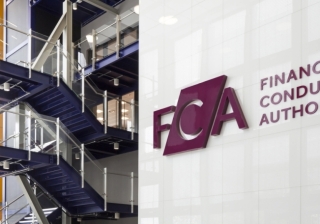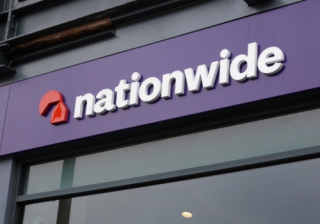The tricky balancing act of reputation, risk and reward
The mortgage market has always had a tricky balancing act to perform, especially for lenders in terms of reputation, risk and reward.

"Whenever a high-end LTV mortgage is released, or the words interest-only are included in any product launch, there are still many raised eyebrows. "
Reputation comes more to the fore after the darker days of times gone by when some of the exposed practices were let’s say, at best ill-judged, at worst criminal. And we must not forget these times, after all the last thing we want to do is to revisit them. Attitudes to risk have naturally had to change and whilst these still vary within lending institutions there is now – quite rightly - an additional burden of responsibility to uphold. Reward is a difficult word to tackle. The reward for borrowers mainly comes from reputable lenders pushing risk boundaries, which leads to the question - are lending boundaries being sufficiently pushed to reward a variety of borrowers with the types of deals they need and deserve.
Yes and no.
The lending community as a whole has taken some significant steps forward. Affordability testing is far more robust and criteria requirements increasingly stringent. Yet whenever a high-end LTV mortgage is released, or the words interest-only are included in any product launch, there are still many raised eyebrows. They are often an ‘easy’ headline for the personal finance pages of the national media and whilst they are area which need to be explored carefully, and remain products which are not for everyone, they can prove integral in helping greater numbers of younger buyers with smaller deposits on to the property ladder.
With this in mind, it was good to see recent data from Moneyfacts find, due to heightened competition, that the cost of 95% loan-to-value mortgages has fallen, relative to those at 90%. The margin between the cost of two-year fixed rate mortgages at 90 and 95% loan-to-value, was suggested to be at its narrowest in seven years. The difference between the average cost of mortgages at these two LTV thresholds is said to be 0.65%, down from a high of 1.57% in October 2017. The average two-year fixed rate at a maximum 90% LTV has changed little since October 2017, increasing by only 0.03% to 2.65%. The average at a maximum 95% LTV has fallen by a significant figure of 0.95% to 3.30% over the same period.
This is great news for the growing number of first-time buyers who appear to be taking advantage of a somewhat cautious housing market. Recent figures from the National Association of Estate Agents outlined that first-time buyers completed 30% of sales in February, a seven-month high.
Shared ownership, help to buy and the new build sector remain important components for first-time buyers although many lenders have avoided some areas of new build due to a lack of appetite and portfolio risk. There are still only a few providers lending up to 95% LTV on both houses and flats, including Hanley, but additional options are slowly coming to the fore, many from the building society sector. This is an area of the lending community which is evolving and innovating to meet the changing needs of all types of buyers. And greater choice, backed by a flexible and experienced manual underwriting process, will help even more homebuyers, especially first-time buyers. While affordability restrictions remain and there is still room for more competition within the higher LTV bands, forward-thinking lenders are evolving their offerings and pushing risk boundaries in a responsible manner to secure first-time buyer business. And long may this continue.
Breaking news
Direct to your inbox:
More
stories
you'll love:
This week's biggest stories:
FCA
Firms required to report complaints involving vulnerable customers under simplified FCA rules

Santander
Santander joins mortgage price war with new rates from 3.51%

FCA
FCA sets out timeline for mortgage rule changes

State Pension
Budget: Government signals income tax write off for state pensions exceeding personal allowance

This week's biggest stories:
FCA
Firms required to report complaints involving vulnerable customers under simplified FCA rules

Santander
Santander joins mortgage price war with new rates from 3.51%

FCA
FCA sets out timeline for mortgage rule changes

State Pension
Budget: Government signals income tax write off for state pensions exceeding personal allowance

FCA
FCA announces new measures to support growth of mutuals sector

Nationwide
FCA fines Nationwide £44m for inadequate financial crime controls
